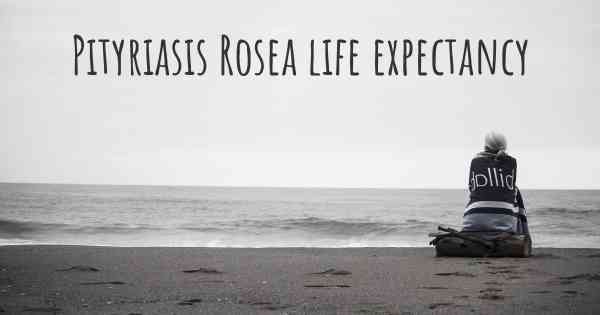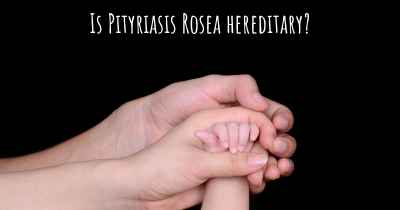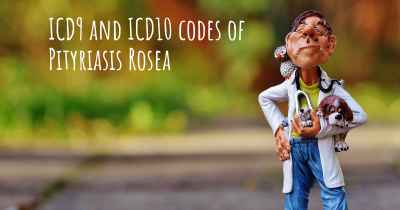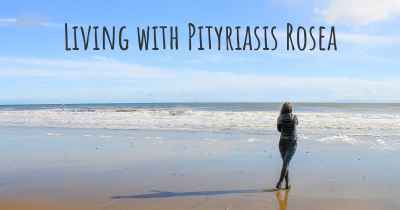What is the life expectancy of someone with Pityriasis Rosea?
Life expectancy of people with Pityriasis Rosea and recent progresses and researches in Pityriasis Rosea

Pityriasis Rosea is a common skin condition characterized by a distinctive rash that typically lasts for several weeks to a few months. It is not a life-threatening condition and does not affect life expectancy. The exact cause of Pityriasis Rosea is unknown, but it is believed to be triggered by viral infections. The rash usually resolves on its own without treatment, although certain medications may help alleviate symptoms. It is important to note that Pityriasis Rosea is a benign condition that does not pose any long-term health risks. If you suspect you have Pityriasis Rosea, it is advisable to consult a healthcare professional for an accurate diagnosis and appropriate management.
Pityriasis Rosea is a common skin condition characterized by a distinctive rash that typically lasts for several weeks. While it can be uncomfortable and cause concern, it is important to note that Pityriasis Rosea is not a life-threatening condition.
Life expectancy refers to the average number of years a person is expected to live based on various factors such as their health, lifestyle, and genetic predispositions. It is not influenced by Pityriasis Rosea as this condition does not directly impact overall life expectancy.
Pityriasis Rosea usually affects individuals between the ages of 10 and 35, with the average age of onset being 20. It is more common in females than males. The exact cause of Pityriasis Rosea is still unknown, but it is believed to be associated with viral infections, particularly the human herpesvirus 6 (HHV-6) and human herpesvirus 7 (HHV-7).
The condition typically begins with a single large patch of scaly, pink or red skin known as the herald patch. This patch is usually oval or round in shape and may be mistaken for ringworm or other skin conditions. Following the appearance of the herald patch, smaller patches or lesions develop on the trunk, arms, and legs in a symmetrical pattern. These smaller patches are often referred to as the Christmas tree pattern due to their distribution.
Although the rash can be itchy and uncomfortable, it tends to resolve on its own within 6 to 12 weeks without any specific treatment. However, there are certain measures that can be taken to alleviate symptoms and promote healing. These include:
- Moisturizing the skin: Applying moisturizers or emollients can help relieve dryness and itching associated with the rash.
- Avoiding irritants: It is advisable to avoid harsh soaps, hot water, and other irritants that can worsen the symptoms.
- Using over-the-counter medications: Over-the-counter antihistamines or topical corticosteroids may be recommended by a healthcare professional to reduce itching and inflammation.
- Getting enough rest: Adequate rest and sleep can support the body's natural healing process.
- Maintaining good hygiene: Regularly washing the affected areas with mild soap and water can help prevent secondary infections.
It is important to note that Pityriasis Rosea is not contagious and does not pose any significant health risks. However, if you suspect you have Pityriasis Rosea or any other skin condition, it is always recommended to consult a healthcare professional for an accurate diagnosis and appropriate management.
I would buy a jar of Prreze, send it to dermatologists, and tell them it works!
Posted Apr 2, 2017 by stazstaz 1321








